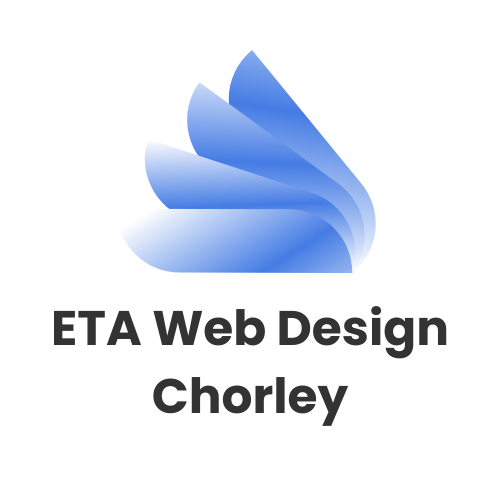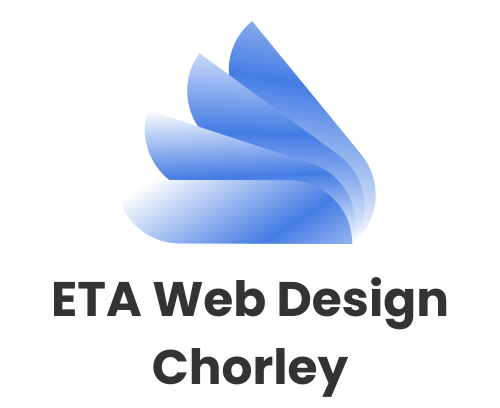In today’s digital age, having a professional website isn’t optional — it’s essential. Whether you run a growing homeware brand, a health and wellness business, or a retail company, your website is often the first point of contact for customers. Understanding the cost of web design helps you plan effectively, ensuring your investment delivers a strong return.
A well-designed website isn’t just about looks; it’s about performance, scalability, and aligning with your business goals. Prices vary widely depending on what you need — from simple informational pages to complex eCommerce platforms.
This guide explains what drives web design pricing, how to budget effectively, and what to expect from designers.
Understanding What Influences the Cost of Web Design
The cost of web design depends on several factors, and knowing them helps you make informed choices. A website’s design complexity, functionality, and content requirements play major roles in determining the final price.
For instance, a straightforward brochure-style website with five pages will cost less than an eCommerce site with product filters, shopping carts, and secure checkout systems. The number of custom features, such as booking tools or membership areas, also affects pricing.
Another factor is the choice between using pre-designed templates or opting for a fully custom-built design. Templates offer a faster, budget-friendly option, but they can limit creativity and scalability. In contrast, bespoke designs are tailored to your brand identity and business goals, providing greater flexibility and professional impact.
Maintenance and hosting are also ongoing expenses. Many businesses overlook these when budgeting, but regular updates and security checks are vital for keeping your site running smoothly.
Ultimately, your website should reflect the value of your brand. A professional design builds trust, drives conversions, and supports growth — especially in competitive industries like homeware, health, and retail.
Breaking Down the Website Design Cost
When planning a website project, it’s important to understand what contributes to the overall website design cost. A complete design package typically includes visual design, content layout, responsive development, and testing across multiple devices.
You may encounter different pricing models depending on your designer or agency. Some charge an hourly rate, while others offer fixed-price packages based on your requirements. Fixed pricing can be more predictable, especially if you have a clear idea of what your website needs.
A professional website should include mobile optimisation, SEO-ready coding, and user-friendly navigation. Skipping these essentials to save money often leads to a poor user experience and lower search engine rankings.
For businesses in visually-driven sectors like homeware or wellness, design quality directly influences customer trust and engagement. The right design partner will balance creativity with performance to ensure your investment delivers measurable results.
The Average Cost of Website Design for Small Businesses
Many small business owners wonder about the average cost of website design for small business needs. Prices vary based on complexity, but as a general guideline, a professional small business website can range from a few hundred to several thousand pounds.
A simple site with key pages such as Home, About, Services, and Contact may sit at the lower end of the scale. More advanced websites with custom integrations, booking systems, or eCommerce functionality naturally cost more.
It’s worth viewing your website as a long-term investment rather than a one-off expense. A well-built site helps attract new customers, builds brand credibility, and supports ongoing marketing campaigns. Cheap templates or DIY websites might save money upfront but can lead to costly redesigns later.
For small businesses aiming to grow, choosing a scalable, professionally developed website from the start can make all the difference in online success.
Beyond Design: Understanding Website Development Costs
The visual appeal of your site is important, but its functionality matters just as much. This is where website development costs come in. Development covers everything that happens behind the scenes — coding, performance optimisation, database management, and integrating third-party tools.
High-quality development ensures your website loads quickly, functions reliably, and provides a seamless user experience. These technical aspects influence how search engines rank your site and how visitors interact with it.
If your business plans to expand or introduce new services later, development scalability becomes vital. A solid technical foundation allows your website to grow without needing complete redevelopment.
Investing in quality development from the beginning saves both time and money in the long run. It ensures your site remains efficient, secure, and compatible with evolving technology.
Estimating the Cost to Build a Website That Grows with Your Business
Many businesses underestimate the long-term cost to build a website that can grow with their operations. The initial price tag isn’t the whole story — scalability, maintenance, and future enhancements should all factor into your budgeting.
Think of your website as a dynamic business tool. As your brand evolves, you may need new pages, features, or integrations with marketing systems. A flexible, scalable design built on modern frameworks allows your site to adapt easily.
When planning your budget, consider how your website will perform over time. Spending slightly more upfront for a high-quality build can save significant costs later by reducing the need for major overhauls.
Partnering with a reputable design agency that understands your business objectives ensures your website remains effective and relevant as your goals grow.
Understanding the
cost of web design helps you make smart, informed decisions about your online presence. Rather than focusing purely on price, think in terms of long-term value — how your website supports growth, builds credibility, and connects with your customers.
For businesses in competitive sectors like homeware, health, and retail, a well-designed website isn’t just an expense; it’s a strategic asset. When you invest in quality design and development, you’re setting the foundation for better visibility, engagement, and sales.
Remember, the most successful websites aren’t the cheapest or the flashiest — they’re the ones built thoughtfully with your customers and business goals in mind.
At
ETA Web Design Chorley, we understand that your website is the heart of your business. We create websites that don’t just look professional but deliver real results — increasing visibility, improving user experience, and driving conversions.
Our team works closely with you to understand your objectives, ensuring every design element aligns with your brand identity and market positioning. We focus on clarity, functionality, and scalability, so your website can evolve as your business grows.
Whether you’re a small start-up or an established brand, we provide tailored design solutions that meet your goals and budget. Our commitment to quality and transparent pricing ensures you always know where your investment goes.
Latest post on X:
Cost of web design – key factors that influence pricing!





